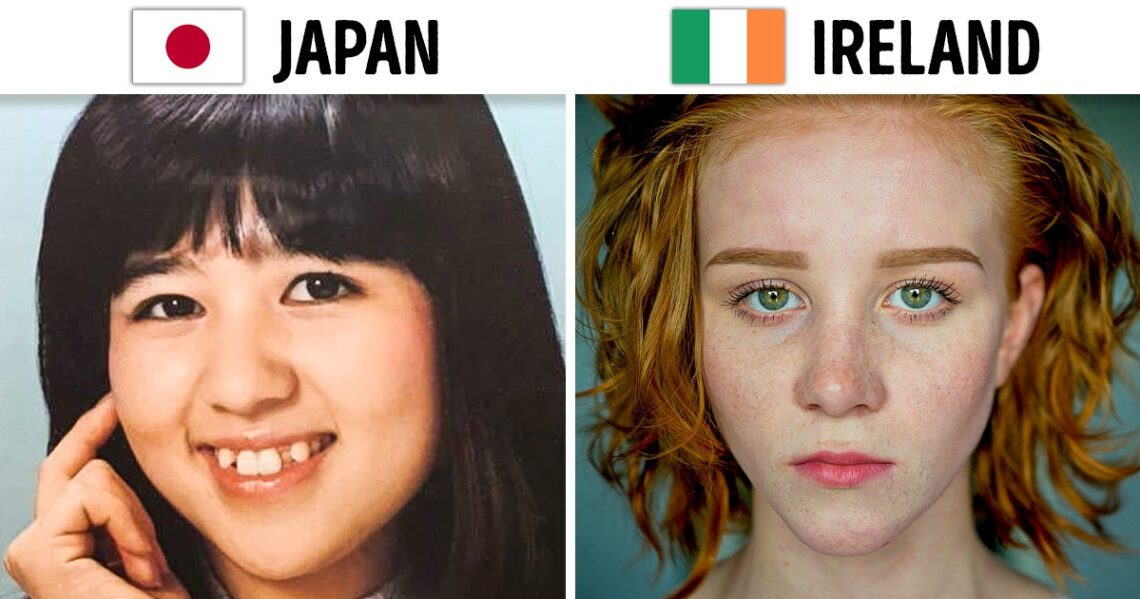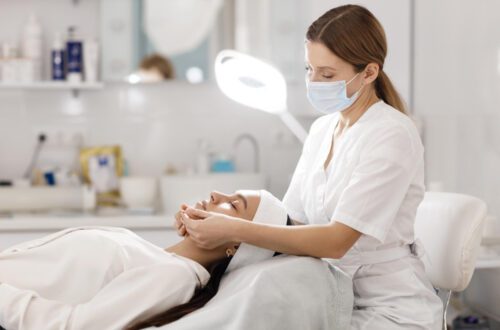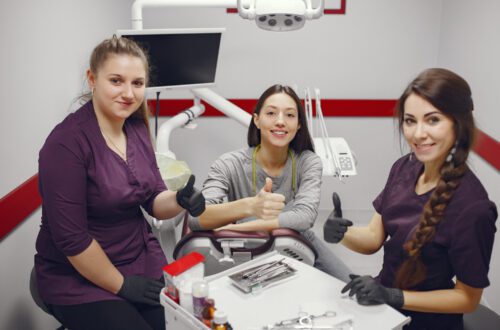
Which Country Has The Highest Beauty Standards?
South Korea is widely considered to have the highest beauty standards globally. The country has a strong beauty culture, focused on skincare, cosmetic procedures, and appearance.
In today’s globalized world, beauty standards vary widely across different cultures. However, South Korea has gained a reputation for its particular emphasis on beauty and appearance. The country has an extensive beauty culture that goes beyond just makeup and fashion.
With a strong focus on skincare, cosmetic procedures, and appearance, South Korea has set itself apart in the world of beauty standards. This has led to a booming beauty industry, with South Korean beauty products and trends gaining popularity around the globe. Understanding the beauty standards of different countries provides valuable insights into diverse cultures and the influence of aesthetics on society. We will explore the reasons behind South Korea’s high beauty standards and the impact they have on a global scale.
Understanding Beauty Standards
Personal Perception Of Beauty
In today’s global society, beauty standards fluctuate from one culture to another, influencing individual beliefs and behaviors. Each person’s perception of beauty is shaped by personal experiences, upbringing, and exposure to diverse cultural trends and media influences. From facial features to body shape and skin tone, beauty ideals differ significantly from one individual to another, contributing to the subjective nature of beauty standards.
Cultural Influences On Beauty Ideals
Cultural norms and traditions play a pivotal role in shaping beauty ideals within a specific society. Each country has its own set of beauty standards deeply rooted in historical, social, and religious contexts. These influences impact everything from hairstyles and fashion to body image perceptions and skincare rituals. Understanding the cultural influences behind beauty standards gives insight into the complexities of societal perceptions of beauty and the diverse criteria by which individuals are judged.
Impact Of Media On Beauty Standards
The impact of media on beauty standards has been significant, with various forms of media, such as advertising, fashion, and social media, exerting considerable influence over how beauty is perceived and defined in different cultures. These platforms often set the benchmark for beauty, shaping societal ideals and individual self-perception. Understanding the role of media in shaping beauty standards is crucial to appreciating the complexities and nuances that underpin these ideals.
Role Of Advertising And Fashion Industry
Advertisers and the fashion industry play a pivotal role in establishing and perpetuating beauty norms. Through strategically crafted campaigns and promotions, they dictate what is considered beautiful, often setting unrealistic and unattainable standards. This can lead to individuals feeling inadequate and pressured to conform to these ideals.
Social Media’s Influence On Beauty Standards
Social media has revolutionized the way beauty is portrayed and perceived. With the rise of influencers and digital platforms, beauty standards have become more dynamic and diverse. However, social media can also perpetuate unrealistic beauty standards, fostering a culture of comparison and unattainable perfection.
Notable Beauty Standards In Different Countries
Notable Beauty Standards in Different Countries vary significantly, reflecting diverse cultural, historical, and societal influences. These standards contribute to the unique perceptions of beauty embraced by different regions globally. Let’s explore and understand the distinct beauty standards prevalent in various parts of the world, shedding light on East Asian, Western, and African perspectives.
East Asian Beauty Standards
East Asian beauty standards emphasize a fair and flawless complexion, large expressive eyes, a slim and petite figure, and a heart-shaped face. In countries such as China, Japan, and South Korea, porcelain-like skin tones are highly admired, accompanied by a preference for delicate features and a youthful appearance. The influence of K-pop and J-beauty has further propelled these beauty ideals, placing emphasis on dewy, radiant skin and a natural, minimalistic makeup look.
Western Beauty Standards
Western beauty standards traditionally prioritize a sun-kissed, bronzed complexion, sharp facial features, and a tall, slender physique. Symmetrical facial proportions, defined cheekbones, and a toned physique are considered desirable attributes. Furthermore, the concept of tanning and sculpting the body to achieve an athletic yet lean figure has been prevalent in Western ideals of beauty, prominently reflected in media, especially in the United States and European nations.
African Beauty Standards
African beauty standards are diverse and multifaceted due to the continent’s rich cultural diversity. However, common beauty ideals often include dark, radiant skin, expressive eyes, and curvaceous, full-figured silhouettes. Many African cultures celebrate natural hair textures, intricate braided hairstyles, and vibrant, expressive makeup. Embracing and showcasing natural features, such as bold facial contours and luminous skin, holds significant value in African beauty standards, reflecting a deep-rooted pride in cultural heritage and identity.
Factors Influencing High Beauty Standards
Historical And Societal Influences
Historical and societal influences play a significant role in shaping a country’s beauty standards. For instance, in some cultures, historical figures or royalty have set the standard for beauty, while in others, traditional practices and rituals have influenced the perception of beauty.
Economic And Technological Factors
Economic and technological factors also contribute to the establishment of high beauty standards. In economically developed countries, there is often a greater emphasis on physical appearance due to the ability to invest in beauty products, treatments, and surgeries. Furthermore, advancements in technology, such as the prevalence of social media and digital manipulation, have also had a profound impact on shaping societal beauty standards.
Examining Beauty Standards In The Top Countries
Examining beauty standards across the top countries reveals varying ideals. Different nations have unique perceptions of beauty, but South Korea is often considered to have the highest beauty standards due to its emphasis on flawless skin and delicate features. This cultural insight sheds light on the global spectrum of beauty expectations.
Examining Beauty Standards in the Top Countries
South Korea
In South Korea, beauty standards are often defined by clear, radiant skin, a V-shaped face, and well-defined features. The country is renowned for its elaborate skincare routines, advanced beauty products, and a strong emphasis on achieving flawless skin. With a cultural leaning towards youthful and innocent looks, South Korean beauty standards have popularized trends like K-beauty and the pursuit of a poreless complexion.
United States
The United States has a diverse range of beauty standards as it encompasses a multitude of cultures and ethnicities. However, the media often projects the ideal American beauty as tall, slender, and possessing symmetrical facial features. The influence of Hollywood and the fashion industry plays a pivotal role in shaping these beauty ideals. Additionally, healthy and fit bodies, as well as the promotion of individuality and self-expression, contribute to the evolving beauty standards in the US.
Brazil
In Brazil, the beauty aesthetic is deeply associated with a sun-kissed glow, voluptuous curves, and an embracing of diverse body types. With an emphasis on celebrating the natural contours and sensuality of the body, Brazilian beauty standards often showcase the idealized image of a harmonious and vibrant physique. The country’s renowned beach culture and the prominence of the Brazilian butt lift epitomize the perception of beauty in Brazil.
By exploring the distinct beauty standards of South Korea, the United States, and Brazil, it becomes evident that beauty ideals differ significantly across various cultures and societies. This variance highlights the complex and multifaceted nature of beauty, demonstrating how it is intrinsically linked to cultural values and societal influences.

Credit: www.youtube.com
Frequently Asked Questions Of Which Country Has The Highest Beauty Standards?
What Factors Influence Beauty Standards In A Country?
Beauty standards in a country are influenced by various factors including cultural traditions, media representation, and societal perceptions. These aspects contribute to shaping the idealized notions of beauty within a specific region.
How Do Beauty Standards Differ Across Different Cultures?
Beauty standards vary across cultures due to diverse ideals of attractiveness, body image perceptions, and historical influences. Understanding these differences helps in appreciating the diversity of beauty around the world.
Why Is It Important To Understand Global Beauty Standards?
Understanding global beauty standards fosters inclusivity, empathy, and appreciation for diverse beauty ideals. It promotes a broader and more accepting perspective on beauty, emphasizing the significance of cultural diversity.
Do Beauty Standards Affect Mental Health?
Yes, beauty standards can have a significant impact on mental health, causing issues such as low self-esteem, body dysmorphia, and eating disorders. Acknowledging these effects is crucial for promoting positive and realistic beauty standards.
Conclusion
Beauty standards vary greatly across different countries, reflecting cultural diversity and societal values. Despite this, it’s essential to remember that beauty is subjective and personal. Understanding and respecting diverse beauty standards is crucial for fostering inclusive and accepting societies. Embracing individuality and diversity can lead to a more positive and inclusive global beauty standard.




